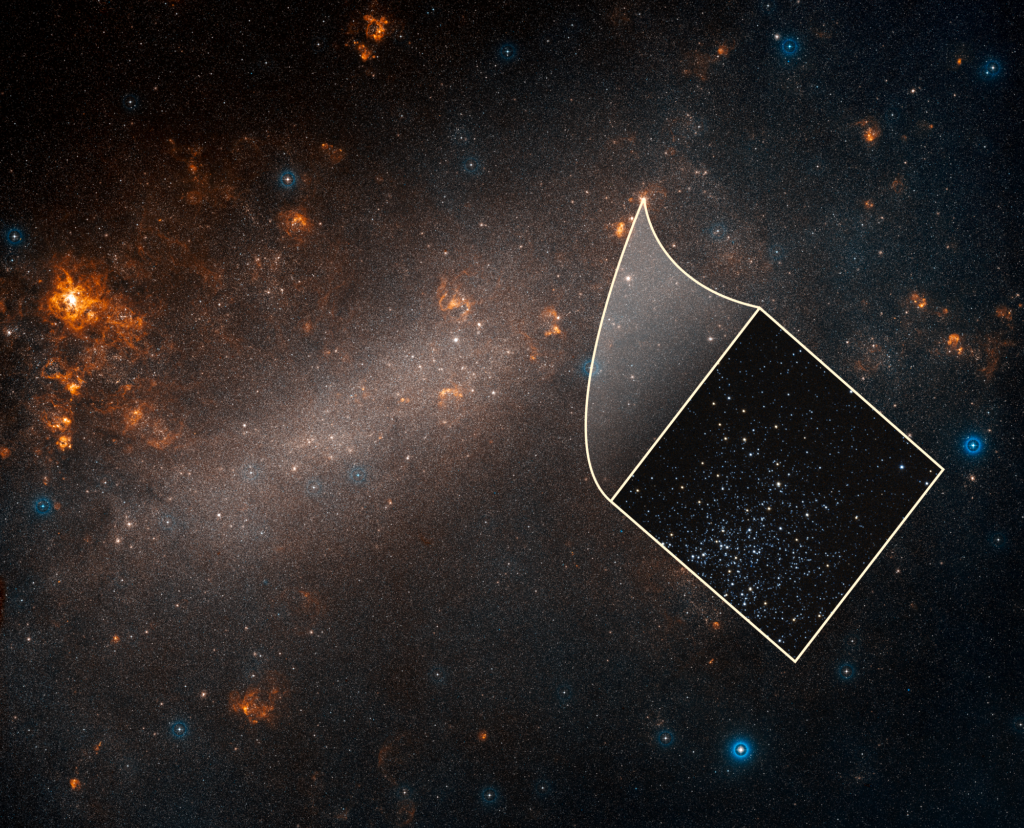Team offers best-ever measurement of universe’s rate of expansion

A team of astronomers, which includes Texas A&M University professor Lucas Macri and recent Texas A&M astronomy doctoral graduate Wenlong Yuan, has used new data from the Hubble Space Telescope to make the best-ever measurement of the expansion rate of the universe, with a total uncertainty of only 1.9 percent.
The team’s measurement, detailed in a recent paper posted to arXiv and accepted for publication in The Astrophysical Journal, is 9.8 percent larger than the value predicted from observations of the big bang, even after taking into account the contributions of dark matter and dark energy.
“Such a large discrepancy between measurement and prediction should only happen by chance less than once in 100,000 experiments, further strengthening the case for yet another unseen component of our universe,” Macri said.
To extract the most precise and accurate measurements out of the Hubble observations, the team relied on the results of an independent, National Science Foundation-funded study carried out by Macri and colleagues and published in The Astronomical Journal in 2015.
They used an NSF-supported 1.5-meter telescope at Cerro Tololo Inter-American Observatory in Chile to measure the periodic changes in the near-infrared brightness of Cepheid variables located within the Large Magellanic Cloud.
“We set out on this path to better understand dark energy, but to everyone’s surprise, including our own, we seem to have stumbled upon a new dark component of the universe,” Macri said. “We are about two years away from reaching the critical 5-sigma significance that is the hallmark of a discovery in physics — 1 in 3.5 million of this result being due to chance.”

